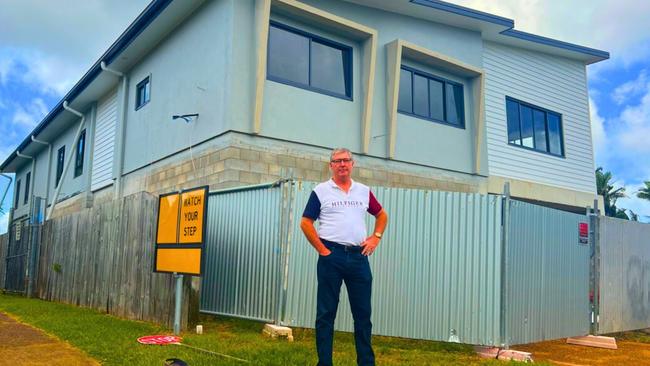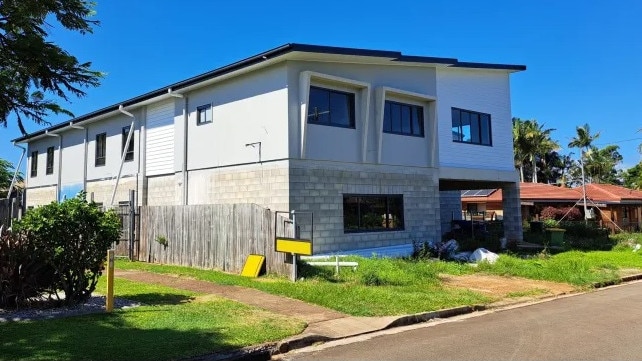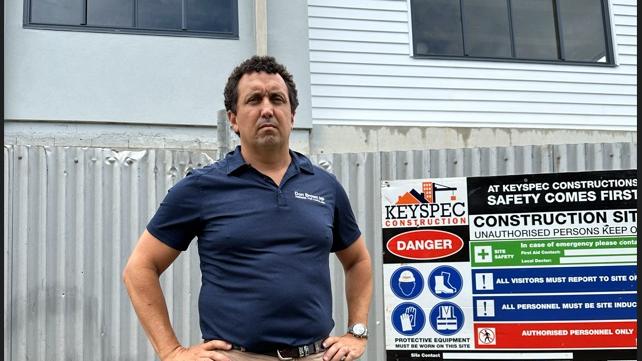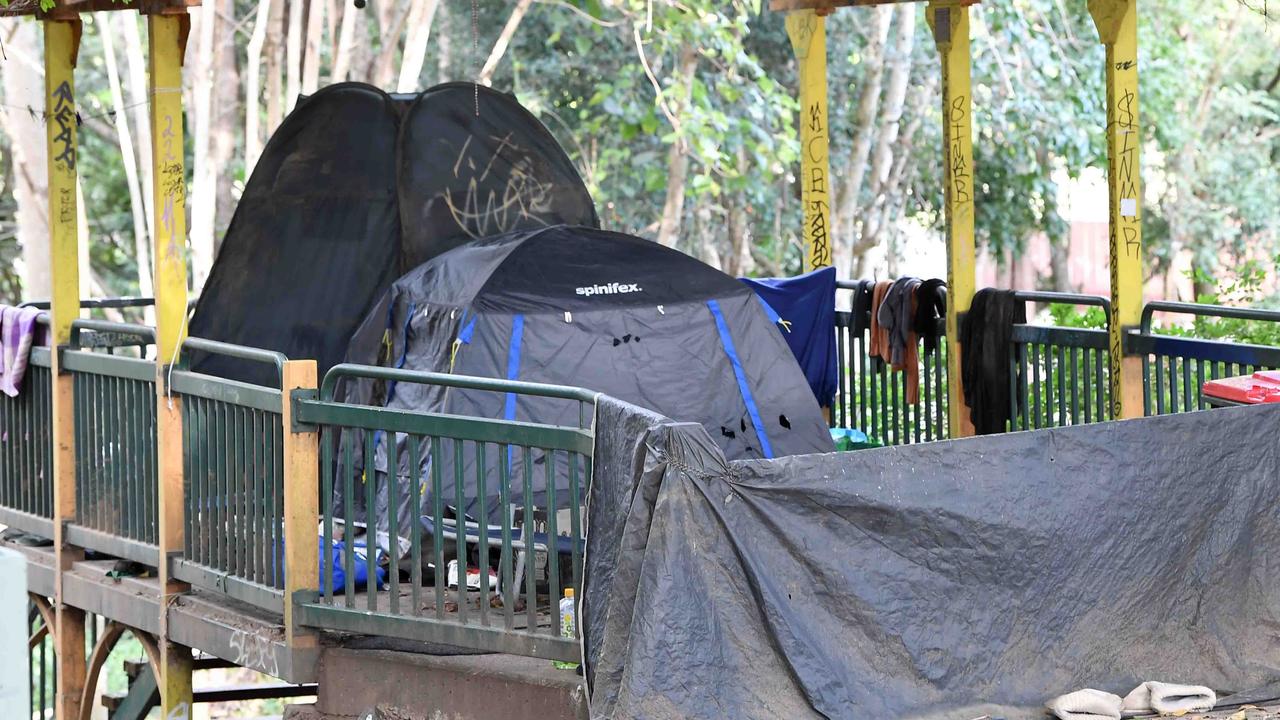Cleveland disability units approved as Redland council appeal fails
The Court of Appeal has upheld a ruling and rejected Redland Council’s arguments, approving units for disabled housing to be built in Cleveland.

QLD News
Don't miss out on the headlines from QLD News. Followed categories will be added to My News.
The Court of Appeal has dismissed an appeal by Redland City Council over a block of units for disabled housing in Cleveland, concluding that the use of the building fits within existing planning definitions and does not require further council approval.
The council’s case centred on whether the multi-unit specialist disability accommodation facility required a development permit under the council’s planning scheme.
The Court of Appeal granted leave to appeal but ultimately dismissed the case, with the three judges upholding a previous decision by the Planning and Environment Court.
The Court of Appeal, comprising Justices Thomas Bradley, David Boddice, and Melanie Hindman, sided with the developers.
At issue was whether the development complied with the definition of a “community residence” under Queensland’s Planning Regulation 2017.
If deemed a community residence, the use would be self-assessable and exempt from council approval, with certification by a private building certifier sufficient for the necessary permits.
The site, in Danielle St, a low-density residential zone in Cleveland, was developed by Boutique Capital Pty Ltd and Key Spec Construction Pty Ltd with private certifier Geoffrey Robert Mitchell also involved in the project.

The project includes four two-bedroom units for NDIS-supported residents, a one-bedroom unit for a support worker, and shared spaces including a foyer and a multipurpose room.
The council argued the development was not a “community residence” as defined, and therefore required a development permit.
It sought declarations that the private certifier’s approvals were invalid and that the construction constituted a development offence.
It also asked for enforcement orders requiring the cessation of work and restoration of the site.
However, the Planning and Environment Court ruled in January 2024 that the development complied with the definition.
That ruling was challenged by the council on three grounds, including whether the inclusion of shared spaces and the scale of the building exceeded the permitted use for a “community residence”.
The financial implications and cost of the initial 14-month legal proceedings and the most recent Appeal Court costs for Redland ratepayers have not been publicly disclosed.
Justice Bradley, delivering the lead judgment in the appeal decision, rejected the council’s narrow interpretation of the planning regulations, affirming that the development remained within the intended scope of a community residence as it accommodated no more than six residents and one support worker, the key criteria under the regulation.
Justice Bradley noted that the Planning Regulation’s definition “means” accommodation for no more than six people requiring daily living support and “includes” buildings reasonably associated with that use.

He concluded that the definition clearly permitted ancillary structures like shared spaces, rejecting the council’s contention that the use failed to comply.
“The requirement … provides a clear limit on both the type and number of persons using the building,” he wrote.
“Because there is a cap on the number and the type of persons, I do not accept that the use of the building for residential accommodation for people other than those satisfying both criteria are reasonably associated with the use.”
The council was ordered to pay the costs of the first and second respondents.
This ruling has broader implications for SDA providers across Queensland, reaffirming that such developments can proceed under private certification in low-density residential zones.
Legal observers including former Capalaba MP Don Brown said the decision offered clarity on the interpretation of the Planning Regulation 2017 and strengthened the legal certainty for future specialist disability accommodation projects amid rising demand for inclusive housing options.
“I hope that the council doesn’t waste any more ratepayer money on any more legal challenges and moves aside to allow the NDIS residents to move in.”
In a statement, Redland City Council said: “Council’s appeal related to building works at 22 Danielle St, Cleveland, that comprises a two-storey building with four separate two-bedroom, two-bathroom self-contained units, a separate caretaker’s residence, and four carparks on a 708sqm block.
“It was categorically not an appeal about Community Residences – which Council acknowledged to the court are much needed community facilities for some of our most vulnerable residents – but about appropriate and sensible location of these residences.
Council will continue to push for revisions to the State Planning Regulation that allows oversized Community Residence developments, such as 22 Danielle St, without consideration of appropriate site setbacks, height limits, and parking, as well as inadequate open space for residents living in these developments.
“This is part of a joint advocacy with the Local Government Association of Queensland to change the State Planning Regulation to recognise normal building amenity standards like other residential development.
“Council believes local communities across the state, not just on Redlands Coast, are being impacted by the state’s definition of what constitutes a Community Residence, and the approval process required for them when certain criteria are met under the Queensland Government’s regulations.
“By overriding local council planning controls and normal residential building standards – such as sufficient parking, open space, and related services like footpaths to support residents of these facilities – inappropriately located, incorrectly designed and oversized Community Residence developments can occur on any residential lot, which could include buildings of multiple storeys with no road or side setbacks.
“Council believes the State Planning Regulation also overrides controls such as hazard overlays like fire and flood, and environmental and heritage protections, meaning they could be built in protected or hazardous areas such as a flood plain.
“Council had argued that the building works at 22 Danielle Street, did not constitute Community Residence and instead maintained it constituted a multiple dwelling which is assessable development under the Redland City Plan 2018. Council is reviewing today’s decision.”
More Coverage
Originally published as Cleveland disability units approved as Redland council appeal fails





